Balance
Reading time: 4 minutes
Balance is a vital part of overall fitness and is one of six skill-related components that defines our fitness performance (the other skills being agility, co-ordination, reaction time, power and speed). Your body performs an amazing balancing act every single day. Just to stand up (something most of us are lucky enough to take for granted), a combination of neurological systems, involving our brain, eyes, ears and muscles, are at work. More impressively is that we do this all subconsciously. Have you ever watched a young child taking their first steps? They try, fail, try, fail, improve, fail and so on until they master the skills of standing, walking and balancing. During this process the child’s brain sends messages to the muscles which move the joints. This movement is detected by the sensory nervous system which sends signals back to the brain in order to fine tune the movements. This is called the Proprioception Feedback Cycle. Over time, improvement occurs with repetition of the process. In other words, we become more skilful and precise at the movements we practice regularly.
The same can be said with our Pilates exercises. Our brain and muscles continuously send messages to each other to perfect our movements. In the Core Values blog we spoke about using our deep core muscles to stabilise part of our body as we moved another. This might initially seem difficult, but with practice it’s possible to master, because of the Proprioception Cycle continuously taking place.
To illustrate this, try this test…
Without holding onto anything, stand on 1 leg and look down at your foot. Notice all the tiny movements and adjustments around your foot and ankle which you are making subconsciously to enable you to stay standing on 1 leg. This is the proprioception cycle at work. Now try standing on your other leg. Do you find it more difficult to balance? Naturally most of us will choose to stand on our dominant, stronger leg first. If you felt stable, try this with your eyes closed. (Make sure to stand near something you can reach and hold onto if you start to wobble!) This shows just how much vision plays a part in balance.
How skilled we are at balancing depends on a number of different factors, including:
the strength of stabilising muscles
core strength
posture
alignment & muscle balance
These are all skills which improve with our Pilates practice. When it comes to alignment and muscle balance, in an ideal world our muscles should work together as a system to provide healthy and efficient movement. However most of us will develop a certain degree of muscular imbalance and our quality of movement suffers. You may notice you have one stronger or weaker leg or arm. This is often the result of us performing habitual movements (such as carrying heavy bags on one shoulder, carrying a child on one hip, sitting with one leg crossed over the other), or perhaps is the result of a previous injury. This muscular imbalance has a knock-on effect throughout the body and often affects our posture. Pilates works each side of the body evenly to reduce this muscular imbalance, improving our alignment.
Balance is vital, especially as we age. Around 1 in 3 adults over 65 who live at home will have at least one fall a year. Whatever our age, when it comes to balance, practice makes perfect and Pilates can play a huge part in helping you improve this.


